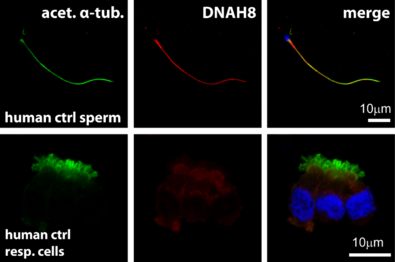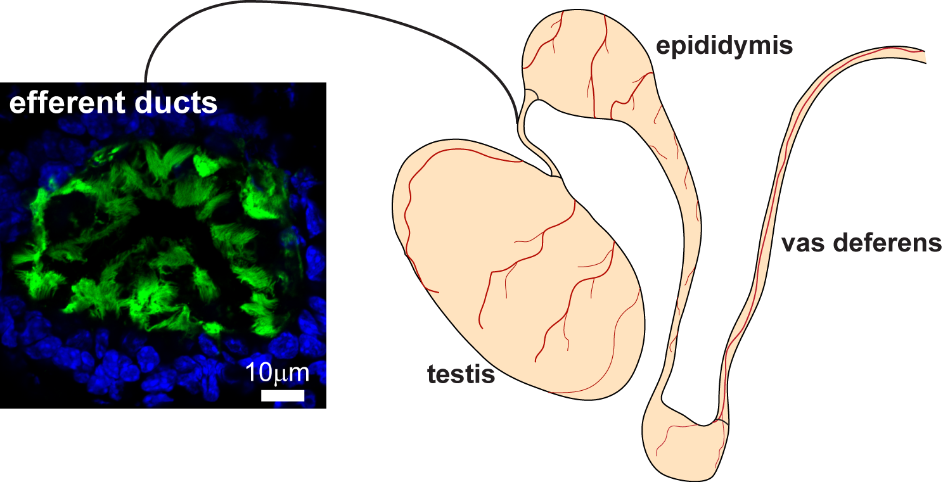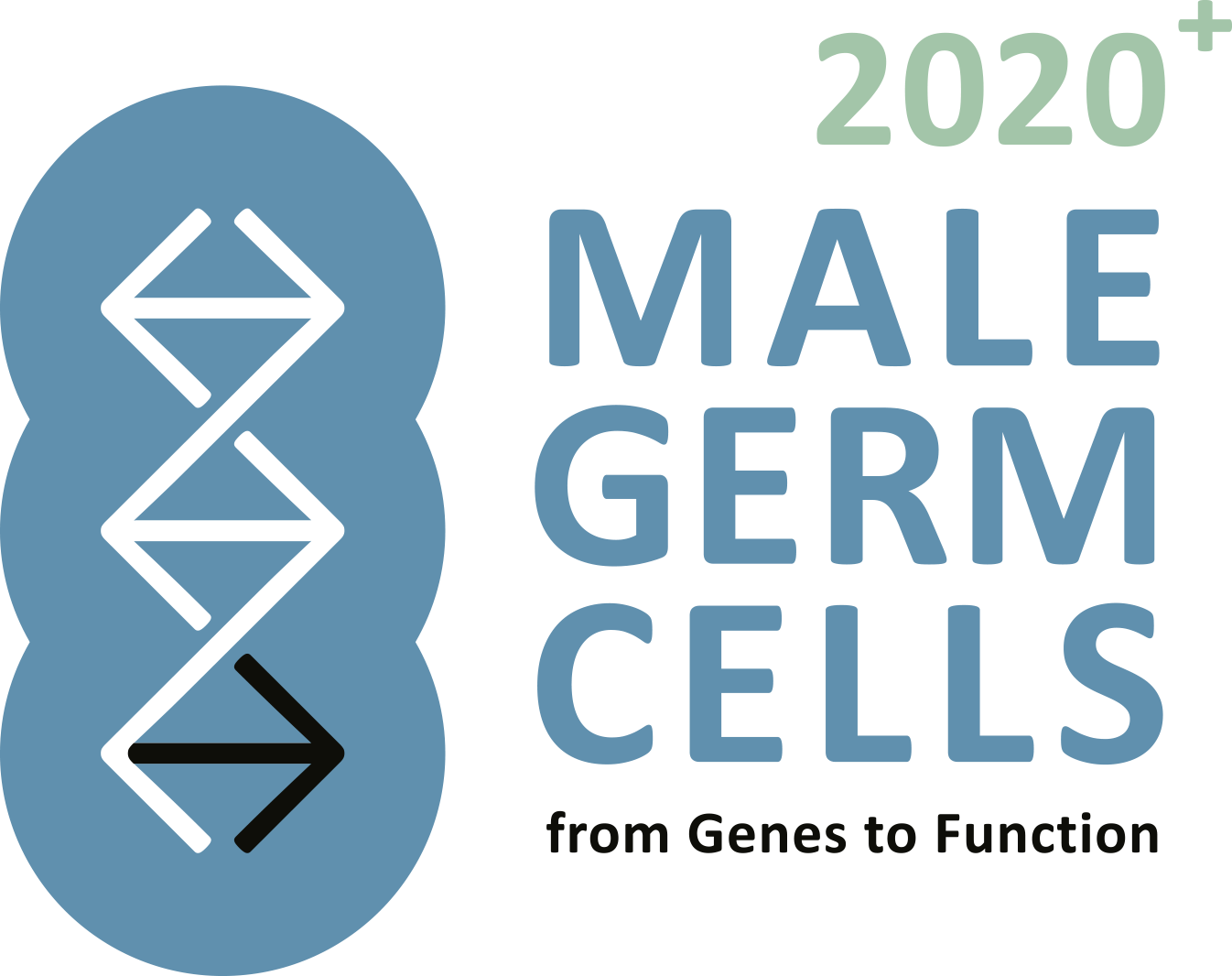P10: Male infertility caused by defective sperm flagella beat generation due to ODA defects

Heymut Omran, Department of General Paediatrics (Homepage)
Project summary


Sperm flagella contain a 9+2- microtubule structure that is also present in multiple motile cilia. Outer dynein arms (ODA), multimeric protein complexes with ATPase function, produce the flagellar and ciliary beat. Defects of the ODAs are associated with male infertility due to compromised sperm flagella motility (asthenozoospermia), but also a chronic destructive lung disease, due to defective respiratory cilia and mucociliary clearance. Our studies have shown that the composition of sperm flagella axonemes, especially ODAs, differ from motile cilia such as respiratory cilia. Within the CRU we identified novel genetic defects, e.g. C11orf70/CFAP300 and MNS1, resulting in ODA defects affecting male fertility. In addition, we found that ciliary beating of efferent duct cilia plays an important role for male fertility. To identify novel genetic defects and pathogenic mechanisms leading to male infertility due to ODA defects, we aim to further characterise ODA complexes in human sperm flagella and mouse efferent duct cilia.

A comprehensive genotype/phenotype correlation will lead to a better understanding of sperm flagella biology aiding current diagnostic tools related to male infertility and improving patient care, genetic testing, and counselling.


